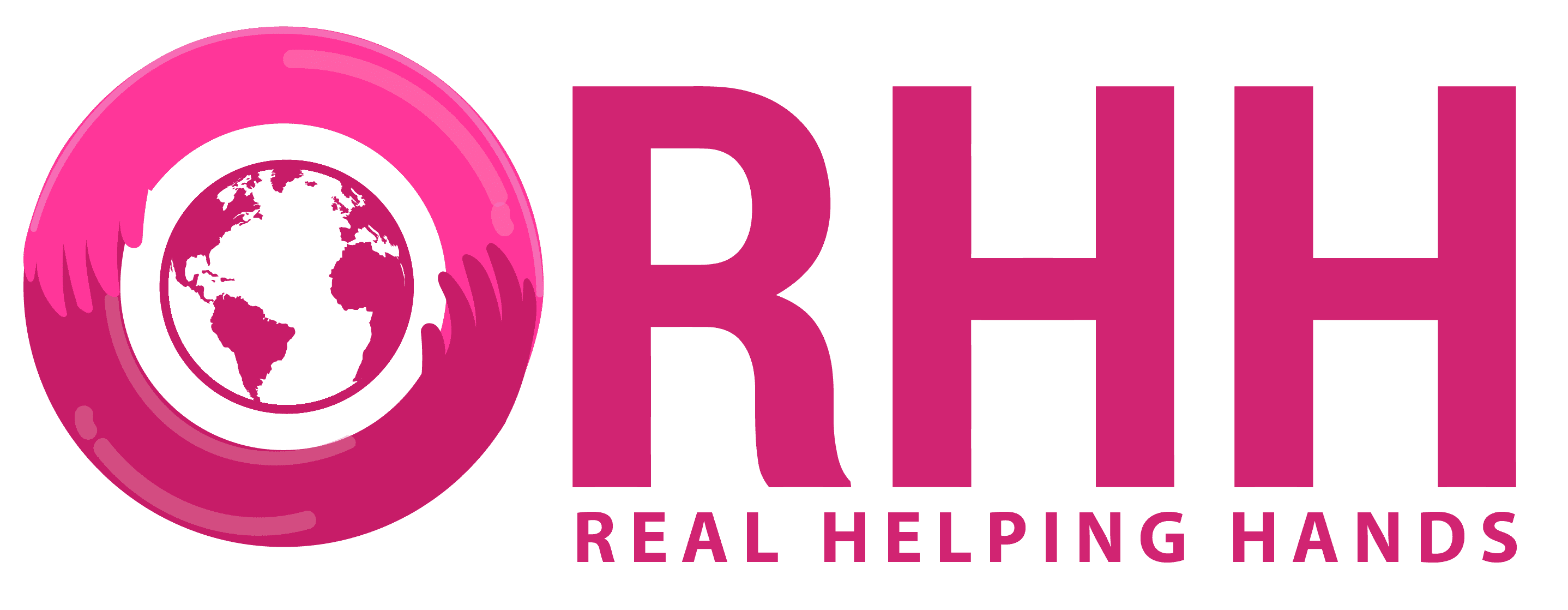How To Use Billing To Improve The Customer Experience
Deskera is one of the most favored cloud software when it comes to a small business as it offers a very efficient and easy-to-use billing and invoicing software for small businesses. For transactions that are completed in one go, it’s more common to use a bill as documentation. This happens because a bill is short and less detailed than an invoice would be, and includes only important details regarding prices and taxation. For example, you can think of billing done at restaurants, pharmacies, beauty salons, or anywhere where you can purchase goods or services in person.
If you’re still using paper invoices, consider changing to online storage to reduce admin costs. You now need to follow up consistently to influence action from your clients, who might push paying to the last minute. When your clients feel like you value them as customers, they’ll be more likely to pay you quickly. Make it clear what the penalty for a late payment is and clarify at what point that penalty will apply. For example, you could impose a late fee of 1.5% of the invoice value each month the payment is late.
How to Improve Customer Billing
The payment is processed and then the customer receives the product or service. It’s simple, straightforward, and doesn’t require any recurring payments appointment letter library or subscription fees. One time billing refers to a billing model where a customer is charged a single, one-time fee for a product or service.
- There are other payment gateways you can use and those each have their own transaction fees, including PayPal.
- The Customer resource has many useful properties you can set to customize the billing experience.
- Omnichannel selling has become the norm, with customers buying goods and services from any web browser or mobile device.
- Websites like Template Lab offer templates you can use to create purchase orders and other proof of sale documents.
- Invoice billing is crucial for businesses as it serves as a documentation of the transaction between the buyer and the seller.
- As we already said, businesses use billing systems to generate and send invoices to their customers or partners and receive payments.
Tax IDs provide a way to store and render one or more tax ID numbers on invoices. By default, a customer’s tax_exempt status is set to none, meaning it’s a taxable billing entity. However, you can flag a customer as being responsible for paying the tax on an invoice by setting the tax_exempt property to reverse, or flag them as being tax exempt by setting the status to exempt.
What is the difference between billing and collection?
Because billing is the linchpin between front- and back-office processes, integration is essential. The billing system must ingest customer data from the CRM and ERP systems and export accurate billing data. As billing technology becomes more tightly integrated and sophisticated, transactions will increasingly be automated to boost accuracy and reduce revenue leakage. An often-overlooked aspect of billing is its role in preserving subscription revenue and improving customer loyalty.
We calculated that 51% of Customer Service And Billings are proficient in Strong Customer Service, Patients, and Data Entry. They’re also known for soft skills such as Computer skills, Customer-service skills, and Interpersonal skills. Several factors go into creating an accurate invoice, such as ensuring that the correct items are included, calculating the correct totals, and applying for any discounts or credits.
Strategies for Being More Productive in 2024, According to a Time-Management Guru
The “VAT” in one of the columns stands for value-added tax, whereas Gross is the VAT+the Net revenue from each sale. A sales ledger is a chronologically-organized, itemized list of the sales your business has made. Using templates, you can generate a clean and effective invoice in just a few minutes.
- When sending invoices, be sure to cover all the usual suspects in payment methods—credit cards, debit cards, checks, digital wallets like Paypal or Alipay, and wire transfers.
- Transaction fees range from 2.4% to 3.4%, plus 25 cents per transaction and you’ll pay 1% on bank transfers to a max of $10 per transaction.
- The invoice is then sent to the customer or client for payment, either by mail, email, or through an online payment system.
- You can also set a customer’s preferred language, currency, and other important details.
Considering that the response rate for e-mail surveys is 30%, according to data compiled by SurveyAnyplace, it’s not a bad idea to try to increase it. One good way to get the data for those sweet, sweet metrics is by using surveys. Here are some tips for customer surveys anyone would be happy to fill out. If you are looking to understand how our products will fit with your organisation needs, fill in the form to schedule a demo. You can learn more about the elements of an invoice and how to create one from scratch by heading over to our guide on how to make an invoice.
Gathering customer information
To get the best possible experience please use the latest version of Chrome, Firefox, Safari, or Microsoft Edge to view this website. Unlock the power of SaaS metrics to boost user engagement and retention. Market shifts can lead them to financial trouble, and they could stop paying you, even if they were diligent about it for years before. For example, medical bills contain highly sensitive information about a specific patient’s health and treatments.
How quickly can I access my funds with Square Invoices?
Our software is future-ready; it supports any sector, service, or business. It doesn’t matter whether you run an online service-based business or you sell physical products. Square Invoices is made for small businesses and it’s versatile and powerful enough to work well for growing businesses. Today, businesses adopt subscription and usage-based billing models to ensure more consistent cash flow and give consumers better value. Self-service portals allow customers to sign up and change subscription and rate plans, giving them more control while still providing vendors with a predictable revenue stream.
In extreme cases, a business with poor cash flow may not be able to pay its bills, which can result in service disruptions and further dissatisfaction among customers. An invoice lists the products or services a business has provided to a customer and the price for each item. The invoice must be accurate and include all the information the customer will need to pay for the items on the bill. The purpose of billing is to accurately and efficiently charge customers for products or services provided by a business. It helps to keep track of revenue and accounts receivable and is essential for financial management.


